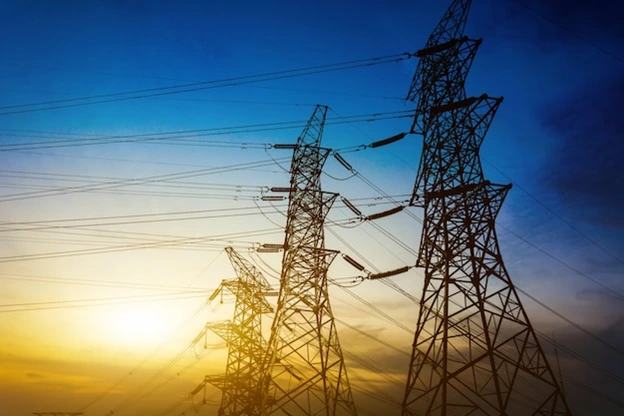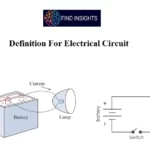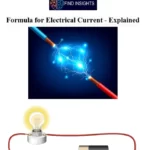
Introduction: Definition & Formula of Power in Electrical
Although current and voltage are the two basic variables in an electric circuit, they are not sufficient by themselves. For practical purposes, we need to know how much power an electric device can handle. We all know from experience that a 100-watt bulb gives more light than a 60-watt bulb. We also know that when we pay our bills to the electric utility companies, we are paying for the electric energy consumed over a certain period of time. Thus, power and energy calculations are important in circuit analysis. In this article let’s see the Electrical Definition of Power & the Formula of Power in Electrical.
Electrical Definition of Power
Power is measured in W (Watt) and it is the rate at which energy is generated or consumed at a given time.
Power is the time rate of expending or absorbing energy, measured in watts (W).
Definition of power in electrical

- The rate at which the work is done in an electric circuit is called electric power.
- When voltage is applied to a circuit, it causes current to flow through it. The work done in moving the electrons in a unit time is called Electric Power.
- Electric power is denoted by P.
- Electric power is a scalar quantity.
Electrical formula for power

Electric Power P = Work done in an electric circuit/Time
Unit of Electrical Power:
The unit of Electrical Power is Joules/sec (or) Watt
Formula of Power in Electrical:
Formula for Power in electrical is given below.
P = V I
Where ,
- P – Power,
- V- Voltage or Potential Difference in Volts
- I – Current in Amps
- The power P in the above formula for Power in electrical is a time-varying quantity and is called the instantaneous power. Thus, the power absorbed or supplied by an element is the product of the voltage across the element and the current through it. If the power has a + sign, power is being delivered to or absorbed by the element. If, on the other hand, the power has a – sign, power is being supplied by the element.
- Current direction and voltage polarity play a major role in determining the sign of power. It is therefore important that we pay attention to the relationship between current i and voltage v. The voltage polarity and current direction must conform with those in order for the power to have a positive sign. This is known as the passive sign convention. By the passive sign convention, current enters through the positive polarity of the voltage. In this case, if p= + vi or vi > 0 implies that the element is absorbing power. However, if p= – vi or vi < 0 ), the element is releasing or supplying power.
LIKE WHAT YOU’RE READING?
CHECK OUT SOME OF OUR OTHER GREAT CONTENT HERE:
- WORKING OF AN INDUCTOR – EXPLAINED
- STEP UP TRANSFORMER: DEFINITION, CONSTRUCTION, WORKING & APPLICATIONS
- LIMITATIONS OF OHM’S LAW
- WHAT ARE THE USES OF CAPACITOR
- VARIOUS USES OF A RESISTOR
- DEFINITION FOR ELECTRICAL CIRCUIT
- WHAT IS THE ZENER DIODE? – EXPLAINED
- CHARACTERISTICS OF A ZENER DIODE – EXPLAINED
- VOLTAGE REGULATION BY ZENER DIODE – EXPLAINED




5 Comments